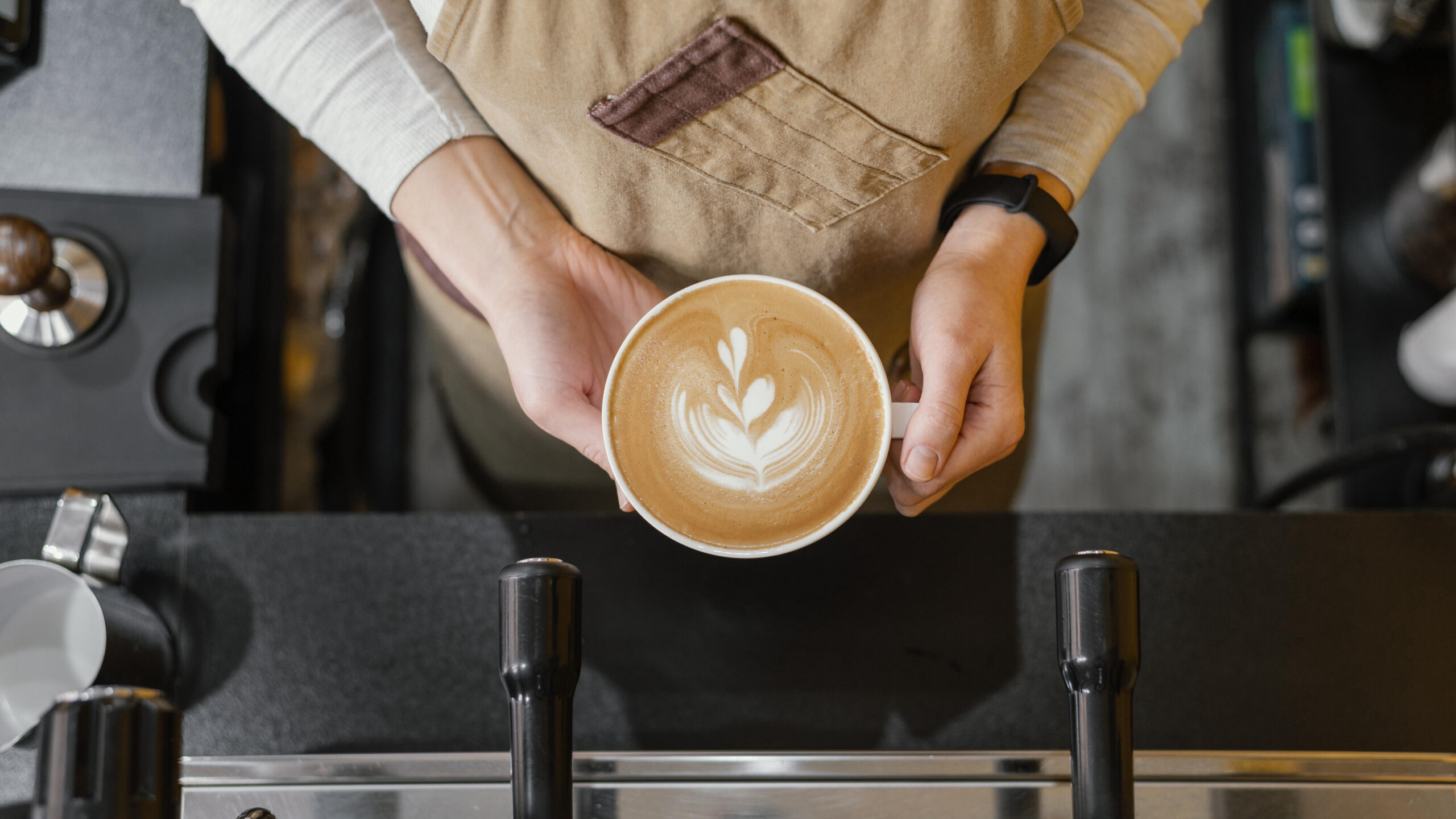If you’re anything like us, coffee isn’t just a beverage—it’s a way of life. Whether it’s that first morning cup or a lazy afternoon latte, there’s something undeniably magical about coffee. But beyond the creamy froth and rich aroma, coffee has a history and science that’s as deep and complex as the drink itself.
From its legendary origins to its surprising role in space travel, here are 15 of the most interesting and unique coffee facts that will give you a whole new appreciation for your daily brew.
1. Coffee Was Discovered by Goats (Yes, Really)
Legend has it that coffee was first discovered by an Ethiopian goat herder named Kaldi in the 9th century. He noticed his goats were unusually energetic after nibbling on bright red berries from a certain bush. Curious, Kaldi tried the berries himself—and the rest is history.
2. Coffee Is Technically a Fruit
Those roasted beans you grind every morning? They’re actually the seeds of a fruit called a coffee cherry. The outer cherry is sweet and edible (though not commonly eaten), and the seed inside is what eventually becomes your coffee bean.
3. Coffee Was Once Banned—Multiple Times
Believe it or not, coffee has faced bans throughout history. In the 16th century, it was banned in Mecca for stimulating radical thinking. Later, rulers in Italy and the Ottoman Empire attempted to outlaw it for similar reasons. Fortunately for us, those bans didn’t last.
4. The World’s Most Expensive Coffee Comes From Animal Droppings
Kopi Luwak, also known as civet coffee, is made from beans that have been eaten, digested, and excreted by a civet (a small cat-like animal). The beans are cleaned, roasted, and sold at luxury prices—sometimes over $500 per pound.
5. Finland Drinks the Most Coffee Per Capita
When it comes to coffee consumption, Finland takes the crown. On average, Finns drink about 4–5 cups of coffee per day, with many workplaces even requiring coffee breaks by law. Now that’s what we call a coffee culture.
6. Decaf Doesn’t Mean Caffeine-Free
Don’t let the name fool you! Decaf coffee actually still contains a small amount of caffeine. On average, an 8 oz cup of decaf has about 2–5 mg of caffeine, compared to 80–100 mg in a regular cup. Not much, but still enough to keep you semi-alert.
7. The First Webcam Was Invented for Coffee
The very first webcam was set up at the University of Cambridge in 1991—not for security or video calls, but to monitor a coffee pot. Researchers didn’t want to waste trips to an empty pot, so they installed a camera to check if it was full. We totally get it though!
8. Beethoven Was Obsessed with Perfect Coffee Measurements
It’s said that Ludwig van Beethoven counted exactly 60 coffee beans for every cup he made. Talk about precision brewing! He may have been one of the first coffee snobs in history.
9. Coffee Can Be Brewed in Space
Astronauts love their coffee too. But in microgravity, it’s a little more complicated. NASA developed special pouches and straws to allow astronauts to sip coffee safely aboard the International Space Station. There’s even an espresso machine up there now—called the ISSpresso.
10. Brazil Is the World’s Largest Coffee Producer
Brazil has been the king of coffee production for over 150 years. The country supplies roughly one-third of the world’s coffee, thanks to its ideal climate and massive growing regions.
11. Espresso Has Less Caffeine Than Drip Coffee (Per Serving)
Espresso has a reputation for being super strong, and it is—but per ounce. A shot of espresso (about 1 oz) has around 63 mg of caffeine, while an 8 oz cup of drip coffee can contain up to 100 mg or more.
12. The Word “Coffee” Comes From Arabic
The word “coffee” traces back to the Arabic word qahwa, which originally referred to wine or a strong drink. As the bean spread through trade, the term evolved through Turkish (kahve) and Dutch (koffie) before becoming the “coffee” we know today.
13. There Are Over 120 Coffee Plant Species
While Arabica and Robusta dominate the coffee market, there are actually over 120 known species of coffee plants. Many are wild and undiscovered, and some may play a role in coffee’s future as climate change affects current crops.
14. Coffee Can “Bloom” When Brewed Fresh
If you pour hot water over freshly ground coffee and see it puff up or fizz a little—that’s the bloom. It’s caused by carbon dioxide escaping the beans and is a sign your coffee is fresh and full of flavor.
15. Coffee Helps You Burn Fat (Sort Of)
Caffeine is one of the few natural substances proven to aid fat burning. It boosts your metabolic rate and improves physical performance, which is why it’s a common ingredient in many fat-burning supplements. But don’t skip your workout just yet.
Bonus: Coffee Grounds Can Be Reused in Amazing Ways
Used coffee grounds don’t have to go in the trash. You can repurpose them in a bunch of clever ways—like body scrubs, odour neutralisers, compost, or even natural cleaning scrubs. Sustainable and caffeinated!
Final Sip: Coffee Is More Than Just a Drink
It wakes us up, brings people together, sparks creativity, and has a story that spans centuries. The more you learn about coffee, the more fascinating it becomes—from its legendary beginnings to the little details in your daily cup.
So next time you sip your brew, remember that you’re not just drinking coffee. You’re sipping on a history full of science, culture, and really interesting trivia.





